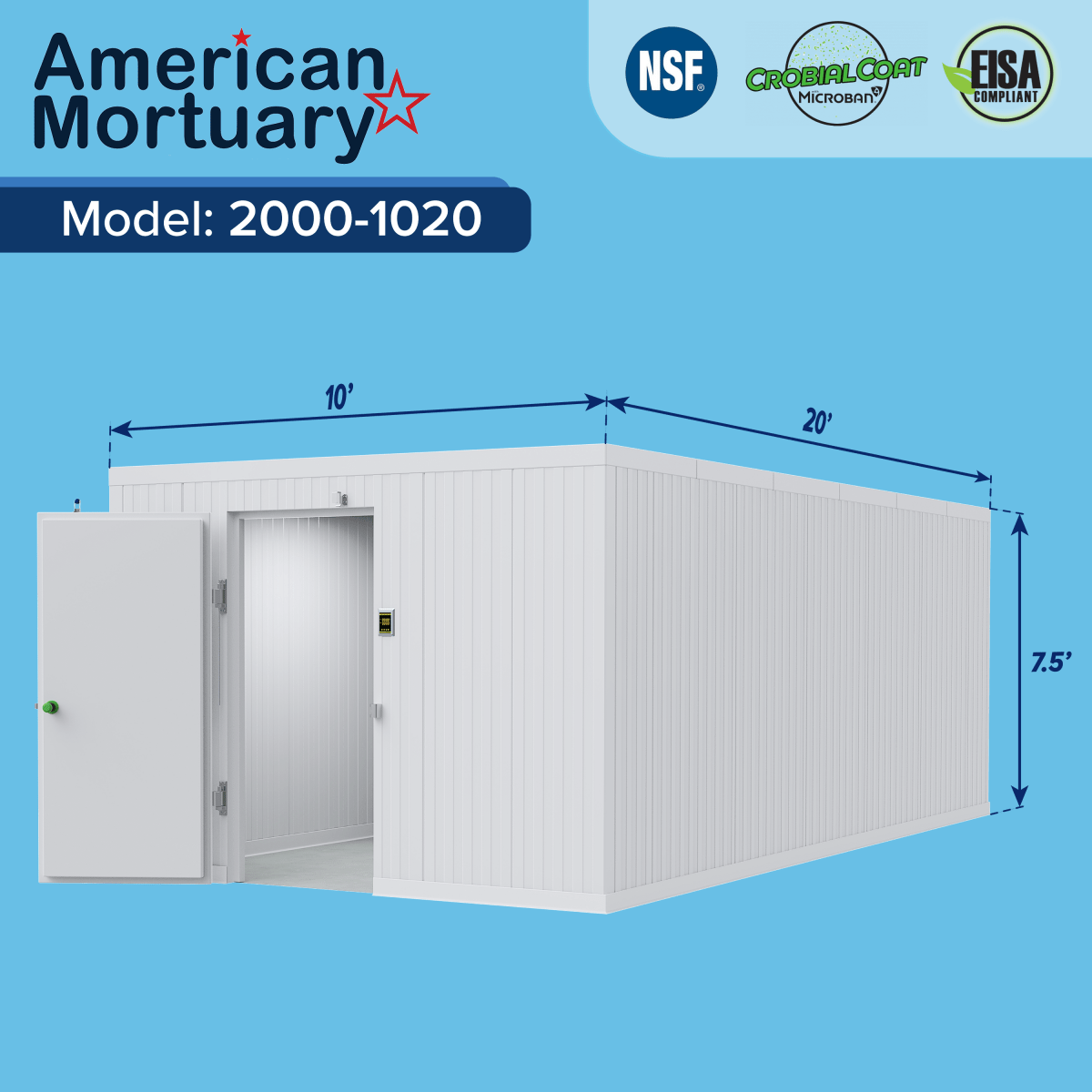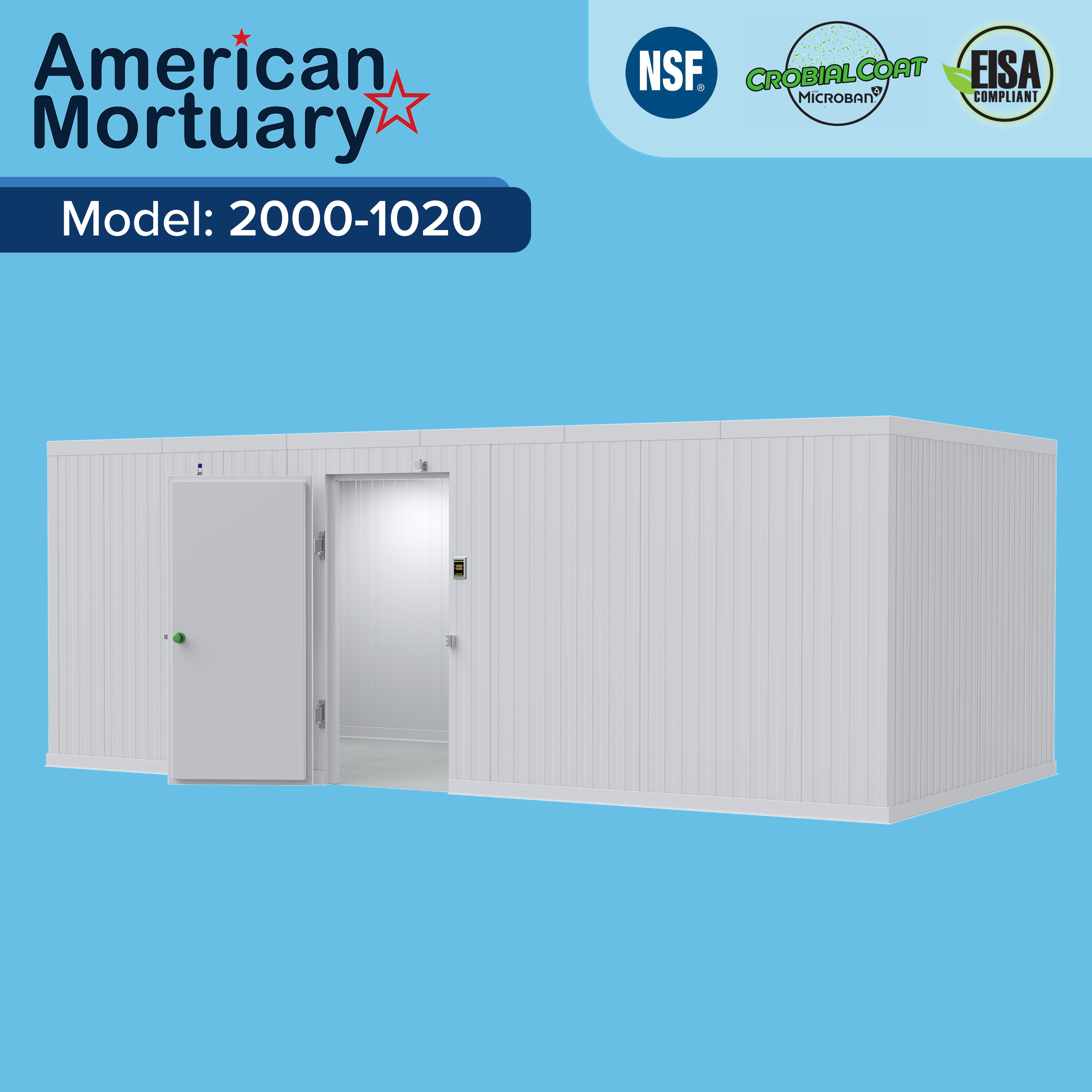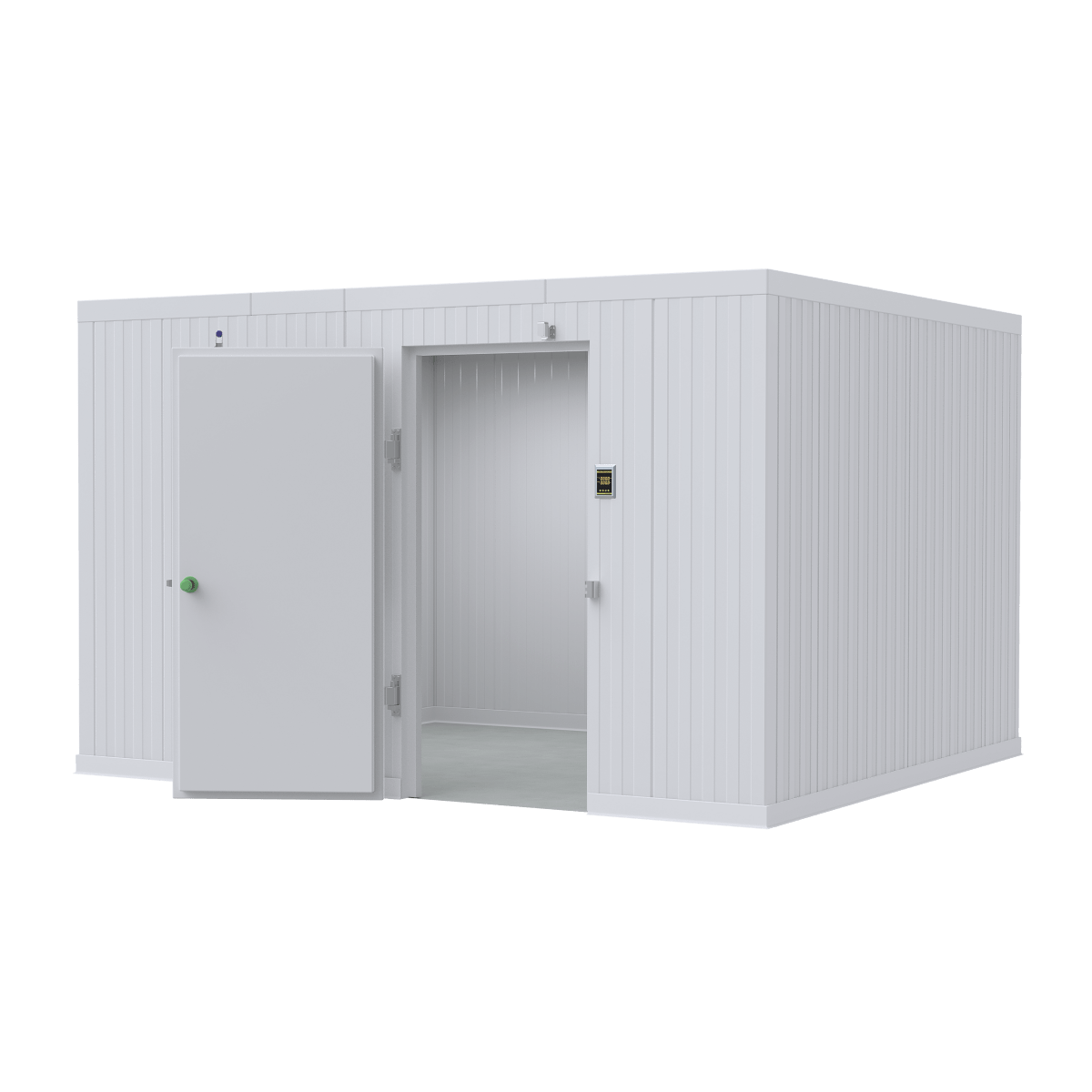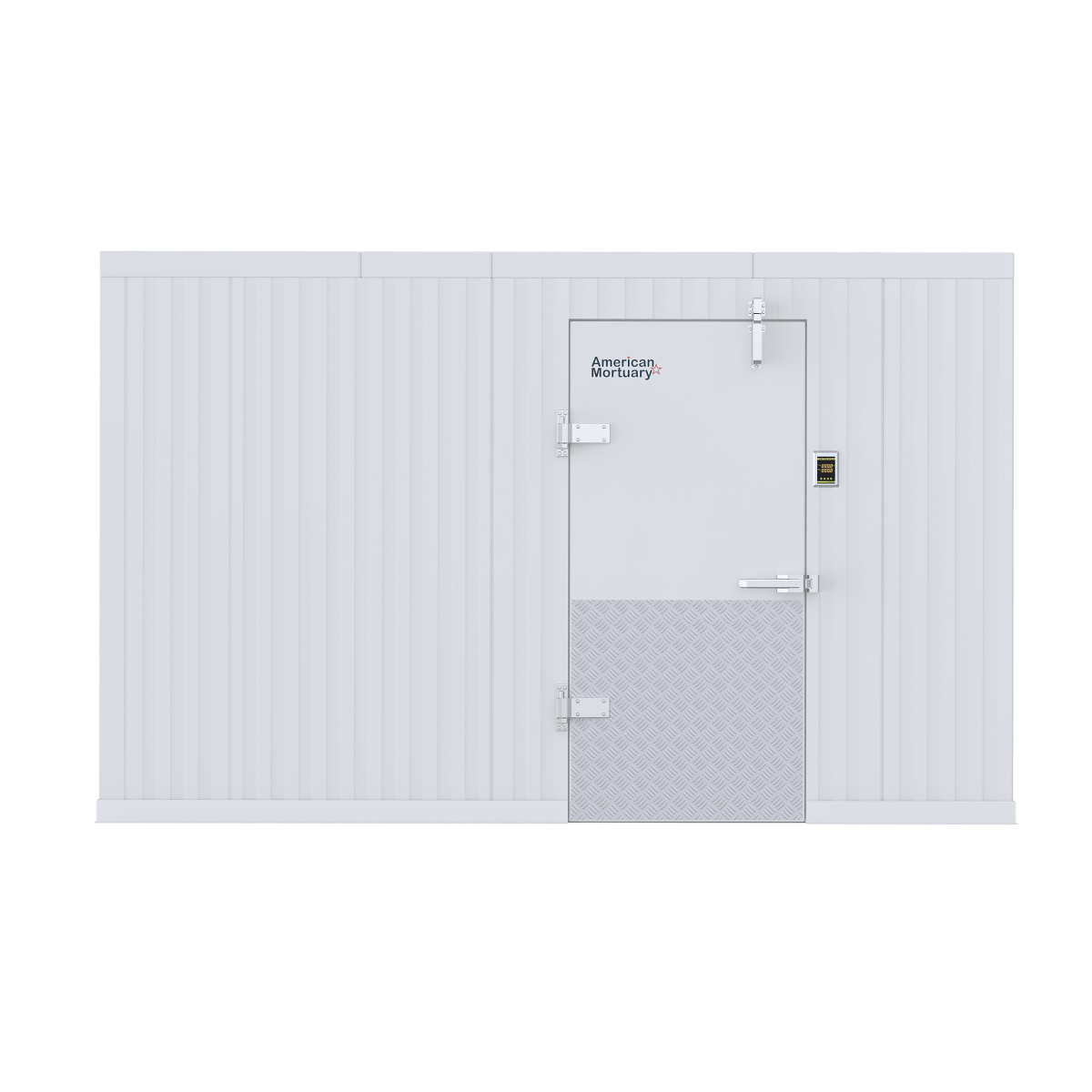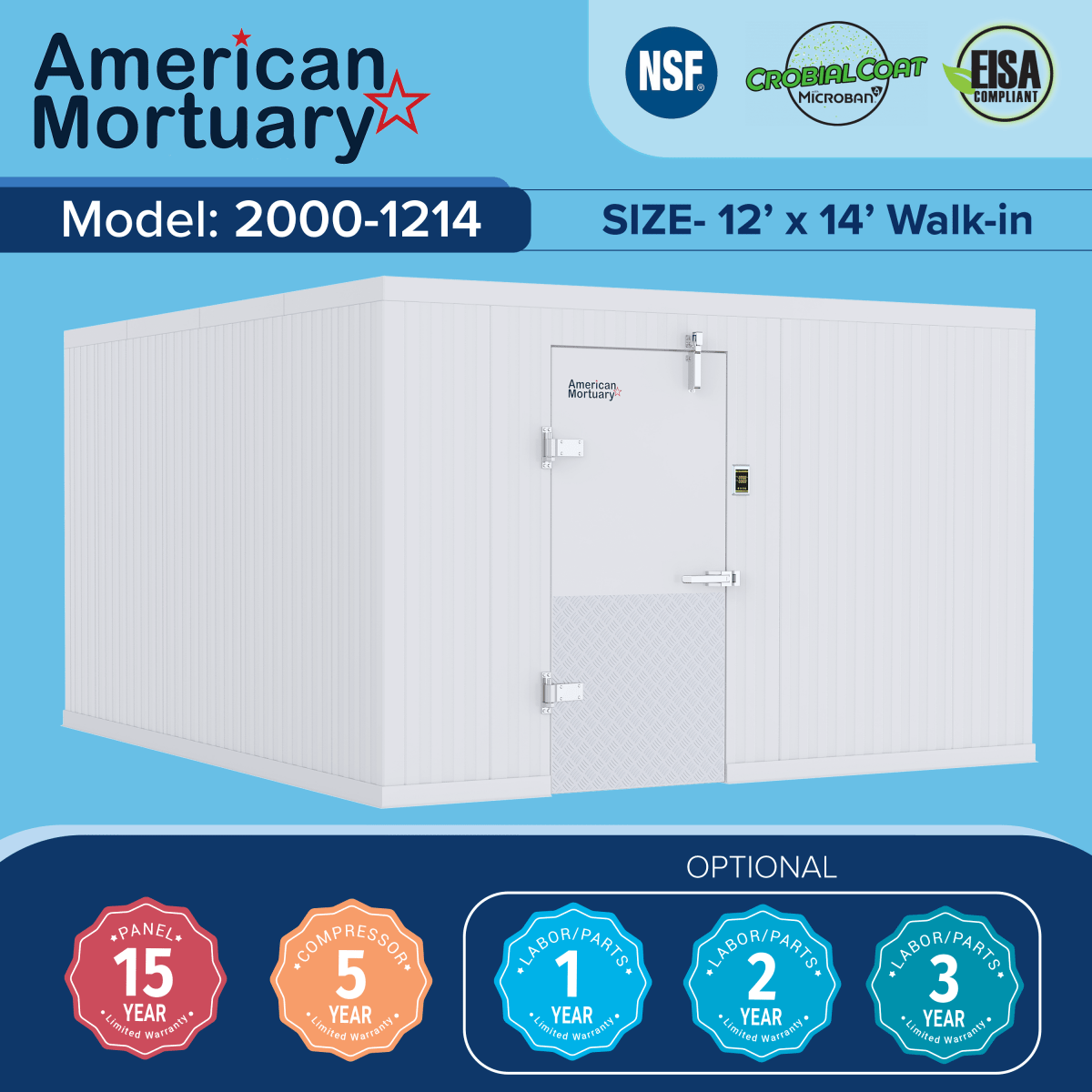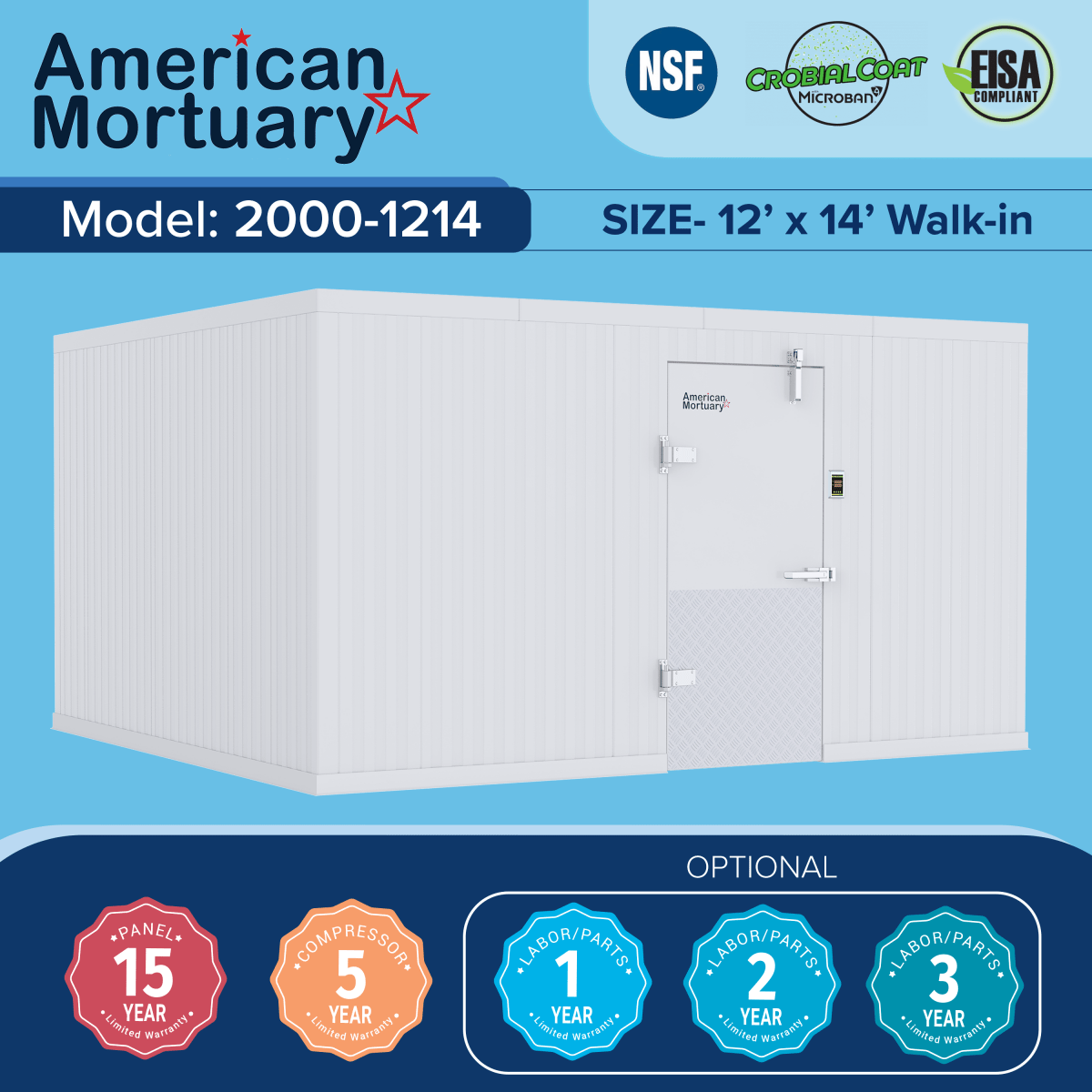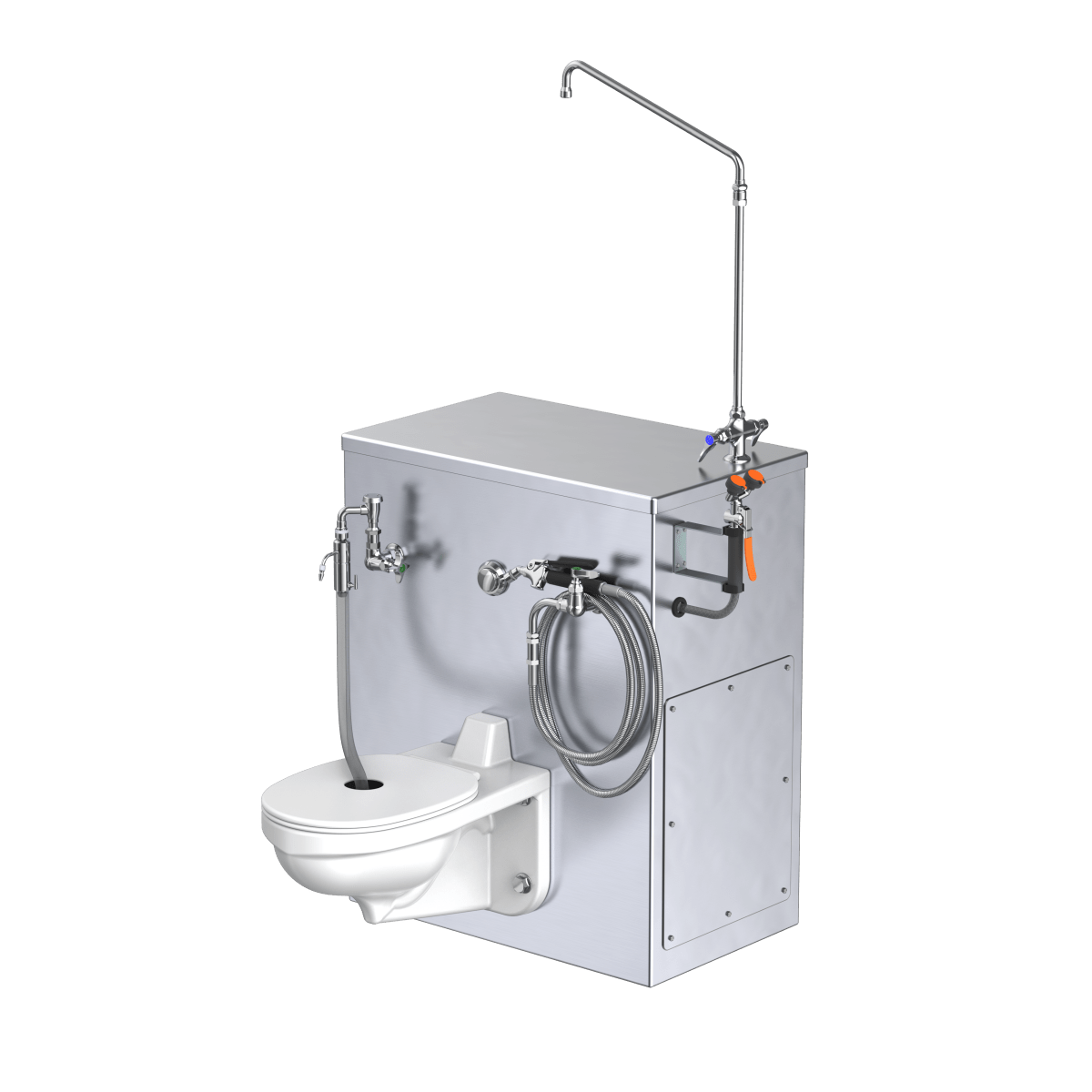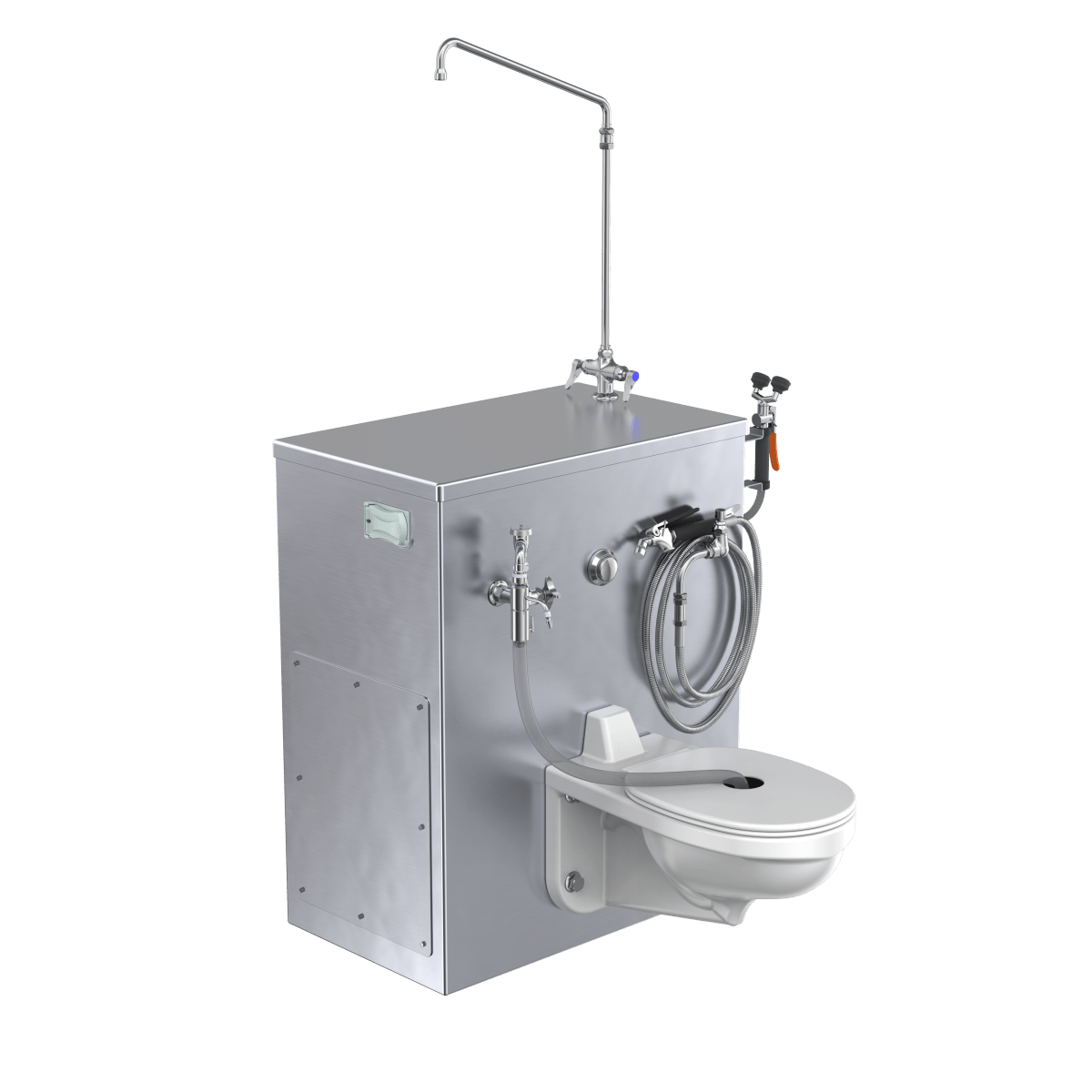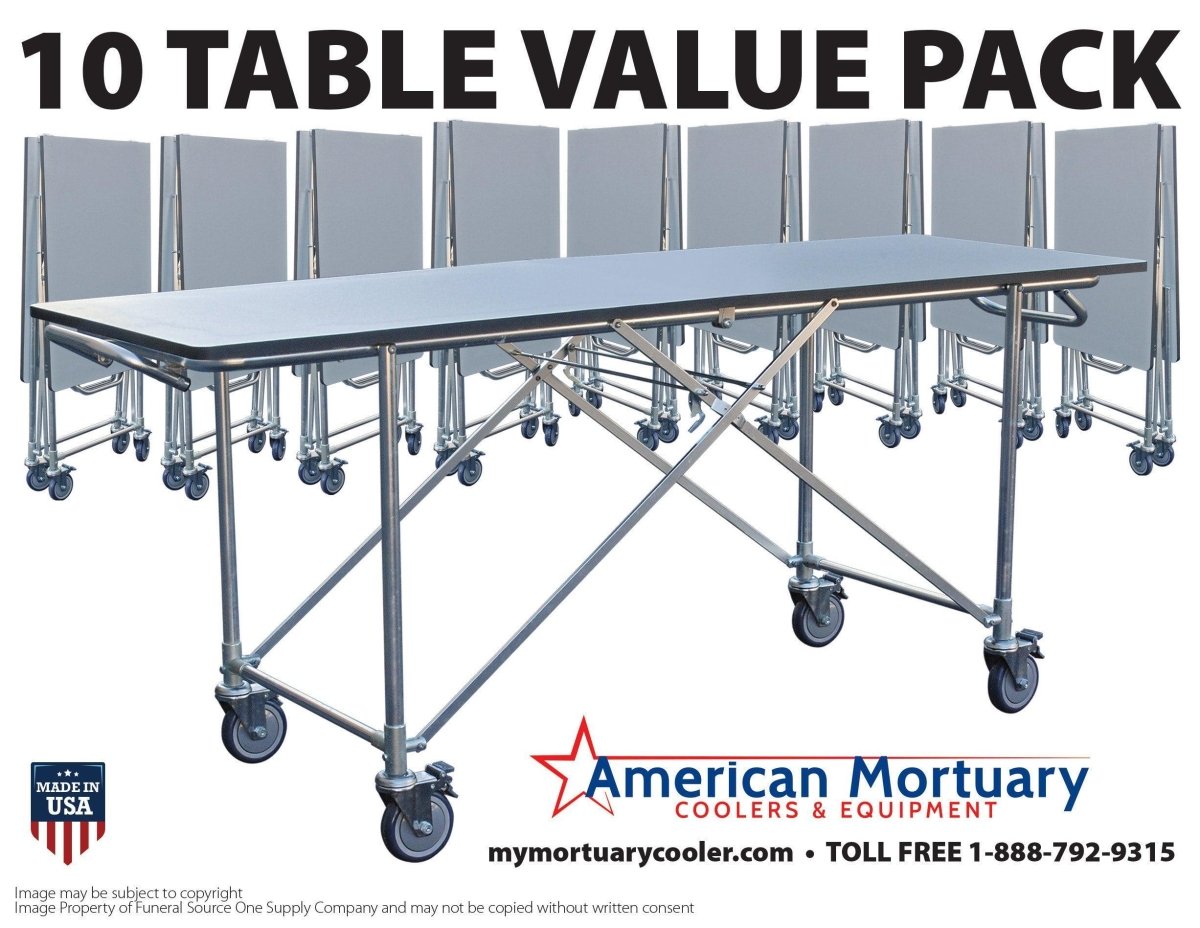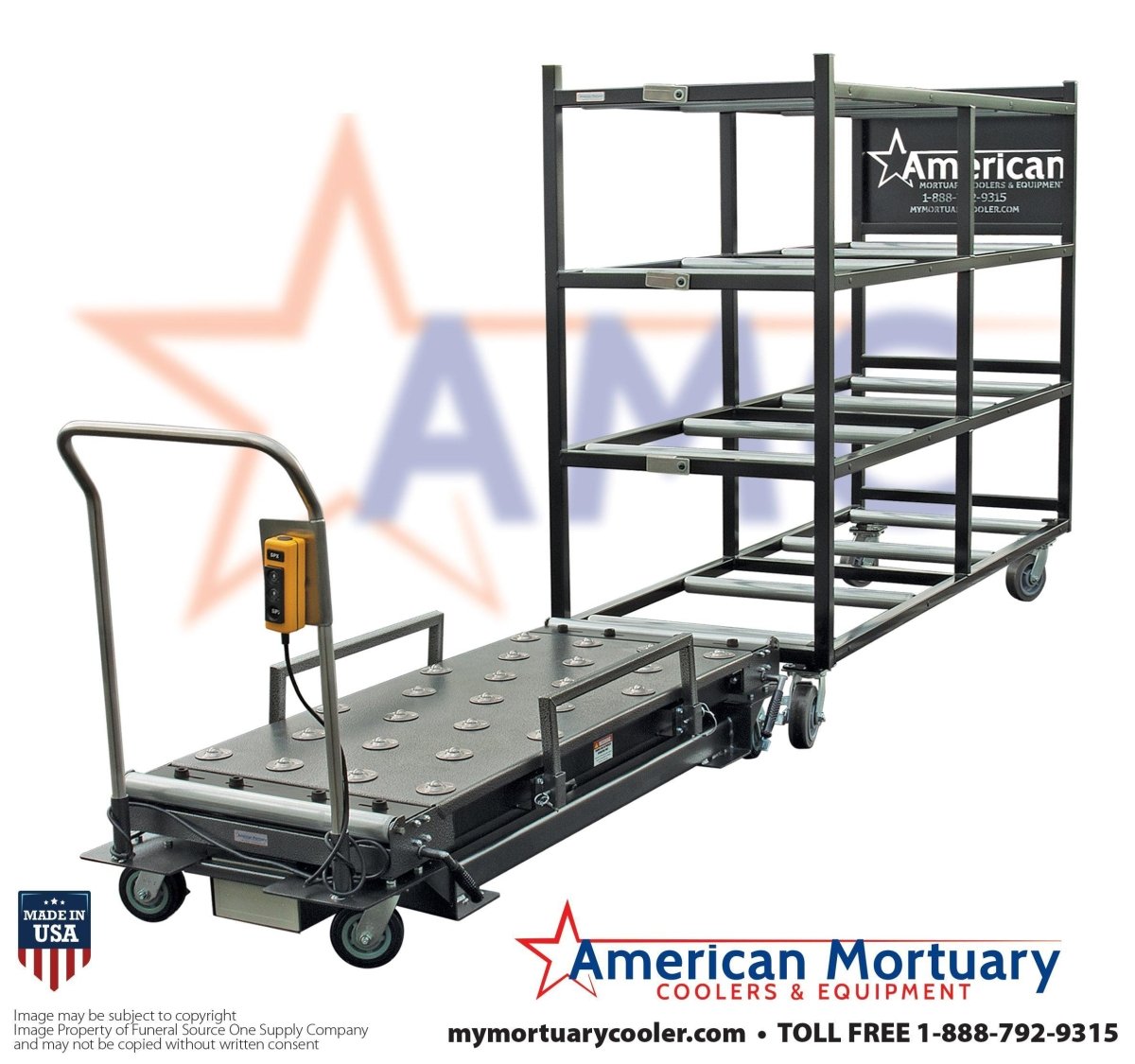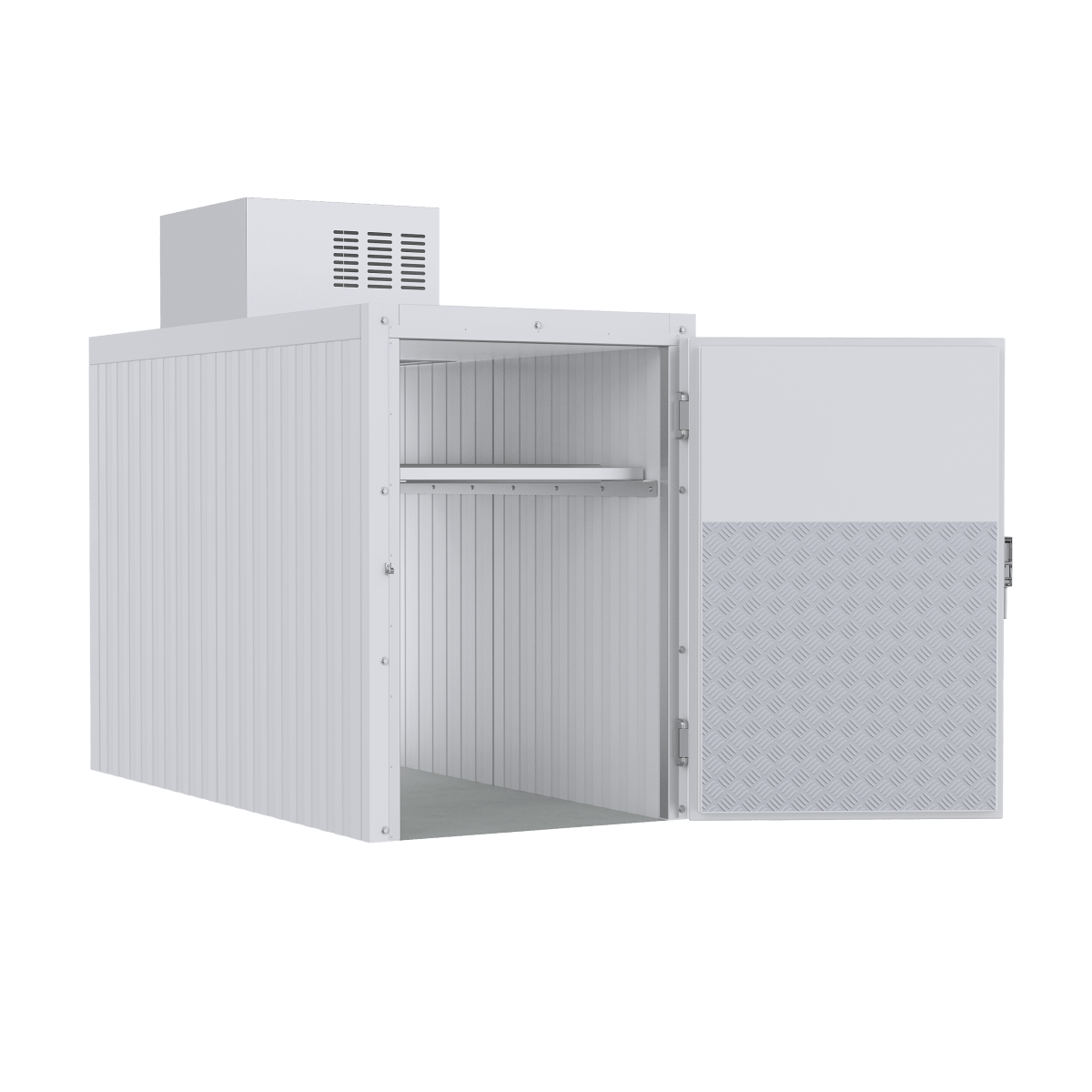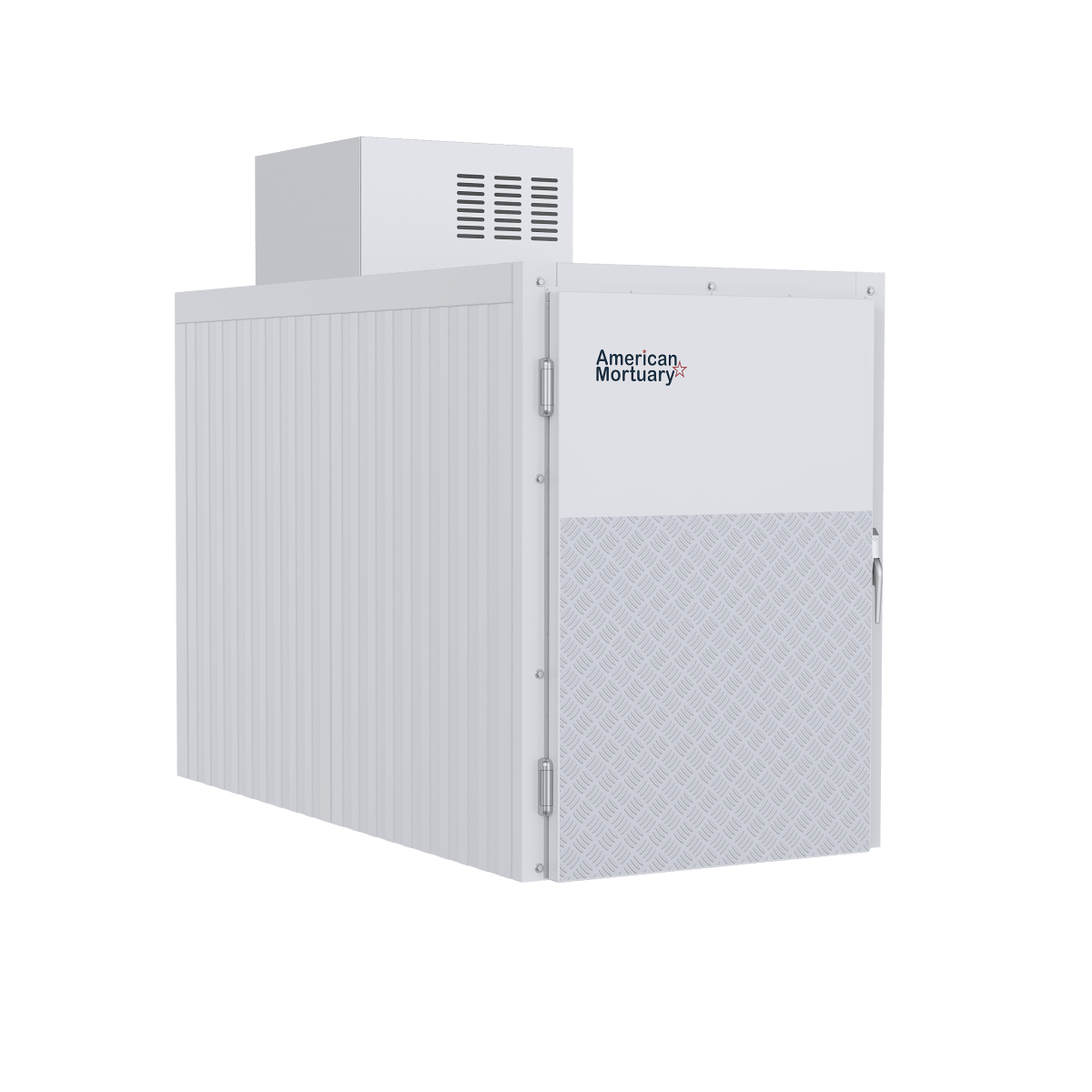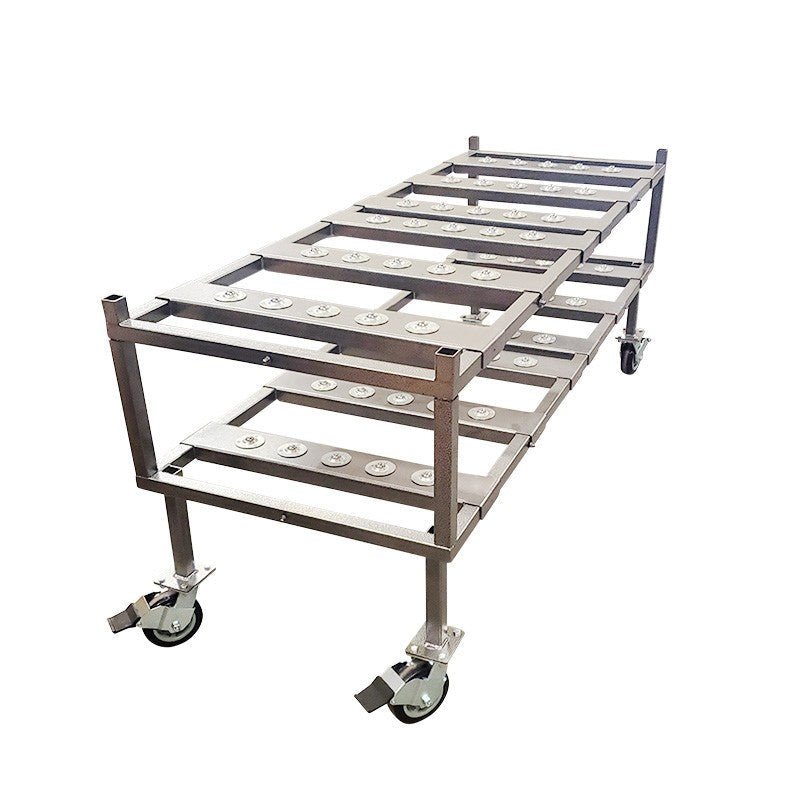Why Battery Powered Lifts Are Revolutionizing Material Handling
Battery powered lifts are portable lifting devices that use rechargeable battery systems instead of manual operation or electrical cords. They provide freedom of movement, reduce physical strain, and operate quietly in any location.
Quick Overview: Battery Powered Lifts at a Glance
- Power Source: 12V or 24V DC battery systems (lithium-ion or AGM lead-acid)
- Key Types: Patient lifts, stair climbers, lift tables, mortuary lifts, vehicle hoists
- Weight Capacity: 309 lbs to 1,500+ lbs depending on model
- Battery Life: 4-7 days between charges for smaller units, 8+ hours runtime for industrial models
- Main Benefits: Portability, zero emissions, reduced caregiver injuries, quiet operation
- Applications: Healthcare facilities, funeral homes, warehouses, residential care
The shift from manual and plug-in lifts to battery power addresses real workplace challenges. Zero-emission operation makes battery lifts ideal for indoor facilities like hospitals and funeral homes where air quality matters.
Battery technology has dramatically improved in recent years. Modern lithium batteries can recharge thousands of times compared to hundreds for traditional batteries, while providing consistent power until fully depleted. The Invacare RPL450-1 patient lift, for example, supports up to 450 lbs with a lifting range from 24" to 74" on battery power alone.
We're American Mortuary Coolers, a Tennessee-based supplier of mortuary equipment including cooling systems and lifting solutions. Our experience with battery powered lifts in funeral home applications has shown us how these devices improve both worker safety and operational efficiency in space-constrained environments.

How Battery Powered Lifts Work
Battery powered lifts combine an electric motor with rechargeable batteries to create lifting power wherever you need it - no cords required.
The magic happens through either 12V DC or 24V DC systems. Higher voltage means more lifting power. The Invacare RPL450-1 uses two 24-volt batteries working together to lift up to 450 pounds, while smaller patient lifts might use a single 12V system for lighter loads.
The lift actuator - a precise motor that converts battery power into smooth, controlled lifting motion. Modern actuators are incredibly efficient, squeezing maximum runtime from every charge. Most units can handle dozens of lift cycles before needing a recharge.
Onboard chargers make powering up as easy as plugging in your phone. Just connect to any standard wall outlet overnight, and you're ready for a full day's work. The charging process typically takes 6-8 hours, and smart chargers automatically stop when batteries reach full capacity.
Lithium-ion batteries deliver consistent power right until they're nearly empty - no gradual weakening like old-school batteries. They can handle thousands of charge cycles, making them perfect for high-use environments like hospitals and funeral homes.
AGM lead-acid batteries offer a more budget-friendly option while still providing reliable performance. Many tracked lift models use 8-volt, 172Ah AGM battery packs because they handle temperature swings well.
Core Components of Battery Powered Lifts
Every battery powered lift has four essential parts that work together seamlessly. The battery pack serves as your portable power plant, typically weighing 4-6 pounds for quick-change systems. The LiftKar PT series features a clever 4.3 kg battery that swaps out in seconds without any tools.
The control pendant puts all the power literally in your hands. Whether it's a wireless remote like the RAIZER emergency lift uses, or a handheld controller on patient lifts, these controls let you adjust speed and positioning with precision.
Safety stops aren't optional - they're your lifeline. Modern lifts include anti-entrapment sensors that immediately halt operation when they detect unexpected resistance. Overload sensors prevent you from attempting lifts beyond the unit's safe capacity.
The emergency lower feature ensures you're never stuck mid-lift. Even when batteries die completely, manual emergency lowering systems provide a safe way down.
From Plug-In to Portable: The Tech Behind the Shift
Brushless motors were a game-changer, delivering more lifting power while using less battery juice and generating less heat. This means longer runtime and cooler operation.
Smart chargers revolutionized battery maintenance by monitoring each cell's condition and adjusting charging rates automatically. No more guessing games or damaged batteries from overcharging.
Quick-swap battery packs solved the downtime problem. Instead of waiting hours for a recharge, busy facilities can swap in a fresh battery in under 30 seconds and keep working.
The real breakthrough came with improved energy density - packing more power into smaller, lighter packages. Today's lithium batteries deliver the same lifting capacity as older lead-acid units while weighing significantly less.
Main Types & Use Cases

Battery powered lifts have evolved to tackle an amazing range of challenges across different industries. From helping someone recover from a fall at home to moving heavy equipment up flights of stairs, there's likely a battery lift designed for your specific needs.
Patient lifts form the backbone of the industry. Models like the Invacare RPL450-1 have transformed healthcare by making transfers safer for both patients and caregivers. These workhorses typically handle 300-450 pounds and use dual-battery systems.
Stair climbers solve one of the trickiest challenges in material handling. The LECTROTRUCK can haul objects weighing up to 1,500 pounds up and down stairs with just one operator and a spotter. For people who need assistance with stairs, battery-powered stair chairs like the MOBI EZ provide safe transport for approximately 30 flights on a single charge.
Lift chairs and transfer aids focus on independence. The SitnStand portable lift assist supports up to 400 pounds and runs for 4-7 days between charges. What makes it brilliant is that it slips under existing furniture without any installation required.
Industrial lift tables bring precision to warehouse and manufacturing work. These battery-powered units handle anywhere from 770 to 2,000 pounds, with scissor mechanisms that provide exact height positioning. The C&C Power Batt-Lift specifically targets UPS battery replacement with its impressive 1,500-pound capacity.
Mortuary lifts serve funeral homes with specialized features. We've seen models supporting up to 1,000 pounds while using marine-grade aluminum construction that weighs just 395 pounds. The battery power eliminates the hassle of finding electrical outlets in preparation rooms.
Vehicle hoists and tree-care compact lifts round out the commercial applications. Battery-powered compact lifts can work for a full 8-hour day on a single charge, making them real alternatives to noisy diesel units.
Residential & Healthcare Applications
Fall recovery represents one of the most important uses for battery powered lifts. The RAIZER emergency lift can perform up to 40 lifts at maximum load on a single battery charge. As one grateful family member put it: "The lift is the only way my Mom can help my Father get up when he falls."
Home transfers become so much easier when you're not tied to electrical outlets. Unlike plug-in lifts that limit where you can position them, battery units work anywhere in the home. The IndeeLift PPU lifts individuals up to 400 pounds from floor to seat height, with prices starting at $745.
Assisted living facilities love the flexibility these lifts provide. Staff can move lifts between rooms without hunting for outlets or dealing with cord management. This speeds up response times during emergencies.
The independence factor really can't be overstated. Many battery lifts allow self-operation, helping users maintain their dignity and autonomy. The Everywhere Lift Chair provides 8 inches of elevation with just the push of a button.
More info about lift equipment covers additional residential applications and selection tips.
Commercial & Industrial Scenarios
Warehouse operations benefit tremendously from battery lift tables that position materials at comfortable working heights anywhere on the floor. Without power cord limitations, these lifts improve workflow efficiency and help prevent back injuries.
UPS battery handling presents unique challenges that battery lifts solve beautifully. The C&C Power Batt-Lift enables one-person operation in tight facility aisles, dramatically cutting installation time.
Tree-care boom lifts increasingly use battery power for noise-sensitive jobs. While hybrid models cost about $5,000 more than lithium-only units, they give you flexibility for both quiet indoor work and high-runtime outdoor jobs.
Construction scissor lifts benefit from zero-emission operation in enclosed spaces. California's emissions regulations are pushing faster adoption of battery and hybrid lift solutions across the construction industry.
Our mortuary clients particularly appreciate battery lifts for their quiet operation and portability. In preparation rooms where space is tight and electrical outlets might be scarce, battery power provides the flexibility needed for smooth, respectful operations.
Choosing the Right Battery Powered Lift
Finding the perfect battery powered lift isn't just about picking the biggest or cheapest option. It's about understanding your specific needs and matching them to the right technology.
The battery technology you choose makes a huge difference in how your lift performs over time. Lithium-ion batteries are the premium choice, offering 2,000-3,000 charge cycles and consistent power until they're nearly empty. They handle cold weather well and weigh much less than other options. The downside? They cost more upfront.
AGM lead-acid batteries represent the budget-friendly workhorse option. While they only provide 300-500 charge cycles and get heavier as capacity increases, they're reliable and much easier on your wallet initially.
Hybrid systems split the difference, offering 1,000-2,000 charge cycles with the flexibility to plug in when outlets are available. Tree care customers choose combo models over lithium-only units about two-thirds of the time.
Weight capacity should always exceed your heaviest expected load by a comfortable margin. Patient lifts typically handle 300-450 pounds, while industrial units range from 770 to 2,000 pounds. The LECTROTRUCK's impressive 1,500-pound capacity covers most stair-climbing situations.
Lift range determines how flexible your positioning can be. The Invacare RPL450-1's 24" to 74" range works perfectly for most patient transfers, while industrial tables might offer 12" to 80+ inches of travel.
Battery life varies wildly depending on how you'll use the lift. The SitnStand's 4-7 day runtime between charges works beautifully for occasional home use, while the MOBI EZ stair chair's 1.5-hour runtime suits emergency situations perfectly.
Most units charge overnight in 6-8 hours, but larger systems might need longer. The RAIZER charges in up to 6 hours, which provides excellent runtime for such a compact emergency lift.
Portability considerations go beyond just weight. The LiftKar PT series dismantles into three manageable sections for vehicle transport, while lighter units like the Everywhere Lift Chair include handy carry bags.
Benefits of Battery Powered Lifts
Reduced strain on caregivers and workers tops every benefit list. Battery powered lifts eliminate the back-breaking manual effort that leads to injuries and workers' compensation claims.
The indoor/outdoor flexibility opens up possibilities that plug-in units simply can't match. Whether you're working in a parking lot, basement, or older building without convenient outlets, battery lifts work anywhere you need them.
Quiet operation makes a world of difference in noise-sensitive environments. Hospitals, funeral homes, and residential settings all benefit from lifts that won't disturb patients, grieving families, or sleeping neighbors.
Lower maintenance requirements result from fewer moving parts and sealed battery systems. AGM batteries particularly shine here, requiring minimal attention while providing predictable replacement schedules.
Zero tailpipe emissions make battery lifts perfect for indoor use. Unlike diesel or gas-powered alternatives, battery units produce no harmful exhaust, keeping the air clean in enclosed spaces.
Limitations & Work-Arounds
The initial cost represents the biggest hurdle for many buyers. Battery lifts typically cost more than manual alternatives upfront, though the gap shrinks when you factor in reduced labor costs and injury prevention savings.
Charging logistics require some planning, especially for high-use applications. Quick-swap battery systems solve this challenge neatly - operators keep working while spare batteries charge, eliminating downtime completely.
Cold weather performance varies by battery type. AGM batteries handle temperature extremes well, while lithium systems might need heated storage in brutal conditions.
Weight considerations can affect portability, especially with larger capacity units that need bigger batteries. Modular designs like the LiftKar PT series address this by allowing disassembly for easier handling.
Hybrid options provide smart work-arounds for many limitations. These combination battery/plug-in units offer portability when you need it and unlimited runtime when outlets are available.
Safety, Maintenance & Cost of Ownership

When it comes to battery powered lifts, safety isn't just a nice-to-have feature—it's literally built into every component. Think of these safety systems as your invisible safety net, working behind the scenes to prevent accidents before they happen.
Modern lifts come packed with overload sensors that act like a watchful guardian, automatically stopping operation when you try to lift more than the rated capacity. The anti-entrapment features are equally impressive, halting everything the moment they detect unexpected resistance.
The emergency descent capabilities might be the most reassuring feature of all. Even when the power dies completely, you're not stuck. The Invacare RPL450-1 includes a manual emergency lowering device as standard equipment, while stair climbers feature automatic step-edge brakes that stay active even when the unit is switched off.
Safe Patient Handling and Mobility (SPHM) guidelines from healthcare organizations recognize that mechanical lifting aids like battery powered lifts genuinely reduce injury risks. When your back doesn't have to bear the load, everyone wins.
OSHA regulations are catching up with reality too. Employers who provide proper lifting equipment often see fewer workers' compensation claims and better compliance with ergonomic standards.
Even local governments are getting on board. Zero-noise ordinances in many municipalities now favor battery-powered equipment over diesel or gasoline alternatives. This trend particularly affects tree care and construction work in residential neighborhoods.
Scientific research on workplace ergonomics backs up what users already know—battery-powered lift tables genuinely reduce workplace injuries while boosting productivity.
Safe Operation of Battery Powered Lifts
Proper training forms the foundation of safe lift operation, regardless of which type you're using. Every operator needs to understand weight limits, stability requirements, and what to do when things don't go according to plan. The LECTROTRUCK recommends one operator plus one spotter for optimal safety.
Personal protective equipment (PPE) requirements change depending on where you're working. Healthcare settings typically require gloves and protective clothing, while industrial applications might mandate safety glasses and steel-toed boots.
Slope limits aren't suggestions—they're hard limits that must be respected, especially for mobile units. Stair climbers include angle indicators to help operators maintain proper balance on steep or spiral stairs, while patient lifts need level surfaces for stable operation.
Step-edge brakes on stair-climbing units provide that crucial protection. These automatic brakes engage at each step, preventing runaway descent even if power fails mid-operation.
Caregiver positioning during patient transfers requires specific training that goes beyond just knowing which button to push. Supporting the patient's head during RAIZER operation and maintaining visual contact throughout the lifting process ensure both safety and dignity.
Maintenance Checklist & Battery Lifespan
Daily charging practices are probably the single most important thing you can do to extend battery life. Even if the battery isn't fully depleted, overnight charging maintains optimal condition and ensures you're ready for whatever tomorrow brings.
Monthly inspections don't have to be complicated to be effective. A quick visual check of battery terminals, charging connections, and mechanical components can catch problems before they become expensive repairs.
Battery lifespan varies dramatically depending on what type you choose and how hard you work it. Lithium batteries typically deliver 2,000-3,000 charge cycles, while AGM lead-acid units offer 300-500 cycles. The LiftKar PT's 5.2 Ah battery can be recharged thousands of times with proper care.
Recycling programs for spent batteries are becoming more common. Many manufacturers and distributors accept old batteries for proper disposal, ensuring environmental compliance while often providing trade-in credits toward your next purchase.
Warranty coverage varies by manufacturer and component, but it's worth understanding what you're getting. The BendPak 5-2-1 warranty structure (5 years structural, 2 years hydraulic, 1 year electrical) represents typical coverage.
At American Mortuary Coolers, we've seen how proper maintenance extends equipment life in demanding funeral home environments. The combination of routine inspection, proper charging habits, and understanding your warranty coverage keeps your investment working reliably for years to come.
Frequently Asked Questions about Battery Powered Lifts
How long does a full charge last?
The honest answer is: it depends on what you're using your battery powered lifts for. If you're caring for someone at home, the SitnStand portable lift keeps going for 4-7 days between charges with typical use.
For emergency situations, the RAIZER lift really shines. One full charge gives you up to 40 lifts at maximum weight, or around 100 lifts for average-sized adults.
Industrial users see different patterns entirely. Tree care crews can run their battery-powered compact lifts for a full 8-hour workday on one charge. The MOBI EZ stair chair provides about 1.5 hours of runtime, which translates to roughly 30 trips up a 5-story building.
Patient lifts like the Invacare RPL450-1 use dual 24-volt batteries for longer operation, though your actual runtime will vary based on how often you're lifting and how much weight you're moving.
What safety features are mandatory?
Safety isn't optional when you're dealing with battery powered lifts - especially when people's lives depend on them working correctly. Every quality lift should have overload protection that stops the device from trying to lift more than it's designed for.
Anti-entrapment systems are equally crucial. These smart features automatically halt operation when they detect unexpected resistance - like if clothing gets caught or someone's hand is in the wrong place.
Emergency lowering capabilities give you a way out when the power dies completely. Patient lifts require manual emergency lowering devices as backup systems, while stair climbers have automatic step-edge brakes that stay active even when the unit is switched off.
Visual and audible indicators help you stay informed about what's happening. LED battery displays show remaining charge, while navigation lights help you see what you're doing in dim hallways or basements.
How much more do battery lifts cost than manual models?
Let's talk numbers honestly. Battery powered lifts typically cost 30-50% more upfront than their manual cousins. That sticker shock is real, but the total cost picture often looks quite different when you factor in reduced labor and fewer injuries.
The IndeeLift PPU starts at $745 for basic floor-to-seat lifting capability. The RAIZER emergency lift represents a bigger investment, but consider this: it eliminates the need for multiple emergency responders during fall recovery situations.
Industrial applications often show clearer cost justification. The C&C Power Batt-Lift's ability to let one person handle UPS battery installation (instead of a whole crew) means it can pay for itself within just a few installations.
Hybrid models typically run about $5,000 more than lithium-only units, but they give you operational flexibility that many users find worthwhile. The bottom line? Yes, you'll pay more initially, but the combination of reduced labor costs, fewer workplace injuries, and increased productivity often makes battery powered lifts a smart investment rather than just an expense.
Conclusion
Battery powered lifts have truly changed how we think about moving heavy items and helping people. These remarkable devices bridge the gap between back-breaking manual work and expensive permanent installations, offering real solutions for real people.
The numbers tell the story - from compact 309-pound capacity units perfect for small tasks to the mighty 1,500-pound LECTROTRUCK that conquers staircases with ease. But beyond the specifications, these lifts represent something more important: the ability to maintain dignity and independence while keeping caregivers and workers safe.
Technology keeps getting better too. Today's lithium batteries can be recharged thousands of times while delivering consistent power until the very end. Smart charging systems take the guesswork out of maintenance, and those clever quick-swap battery packs mean you never have to stop working just because a battery runs low.
Here at American Mortuary Coolers, we've seen how battery powered lifts transform funeral home operations. The whisper-quiet operation respects the solemn nature of our work, while the portability lets staff position equipment exactly where it's needed - no hunting for electrical outlets or wrestling with extension cords.
The beauty of battery lifts lies in their versatility. Whether you're helping an elderly parent who's fallen, moving heavy equipment up stairs, or positioning materials at the perfect working height, there's likely a battery-powered solution that fits your specific situation and budget.
Looking ahead, the trends all point toward battery power becoming the standard rather than the exception. Environmental regulations favor zero-emission equipment, workplace safety initiatives emphasize mechanical lifting aids, and battery technology continues improving while costs come down. Getting started with battery lifts now means you're ahead of the curve rather than scrambling to catch up later.
We're proud to deliver custom battery-compatible lift solutions throughout the contiguous 48 states, right alongside our walk-in body refrigerators. Our Tennessee-based team understands that every funeral home has unique needs, and we work directly with you to find the right equipment for your specific challenges.
Ready to explore how battery powered lifts can improve your daily operations? Our comprehensive Mortuary Lifting Equipment: Your Ultimate Buying Guide covers everything from basic patient lifts to specialized mortuary equipment. Contact us today - we'd love to help you find how the right lifting equipment can make your work safer, easier, and more efficient.


